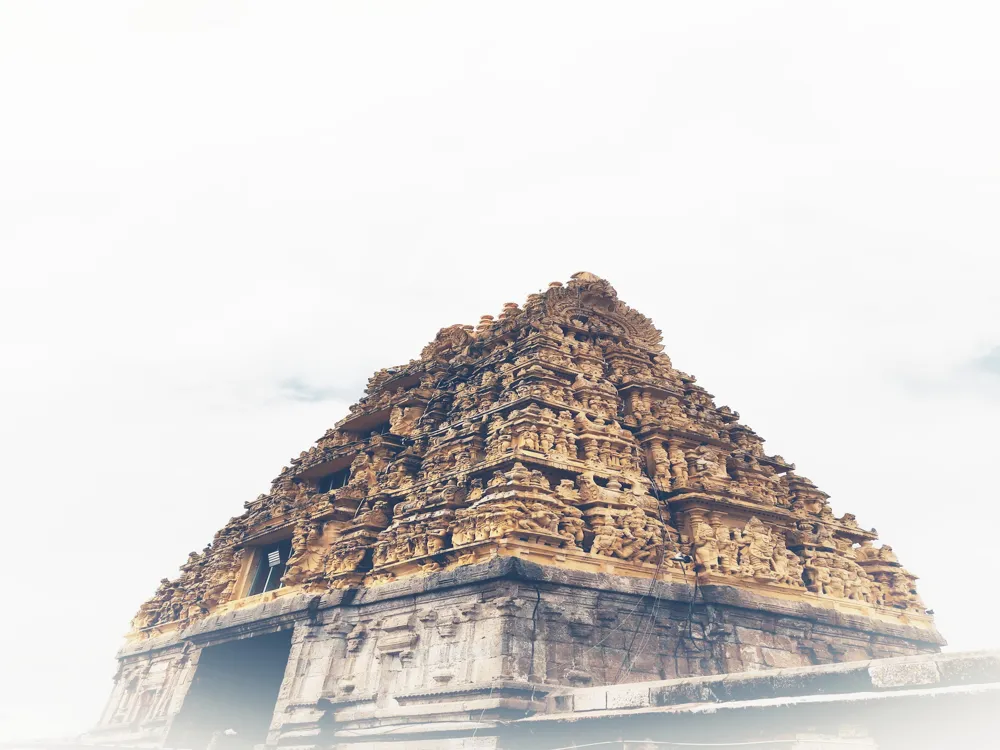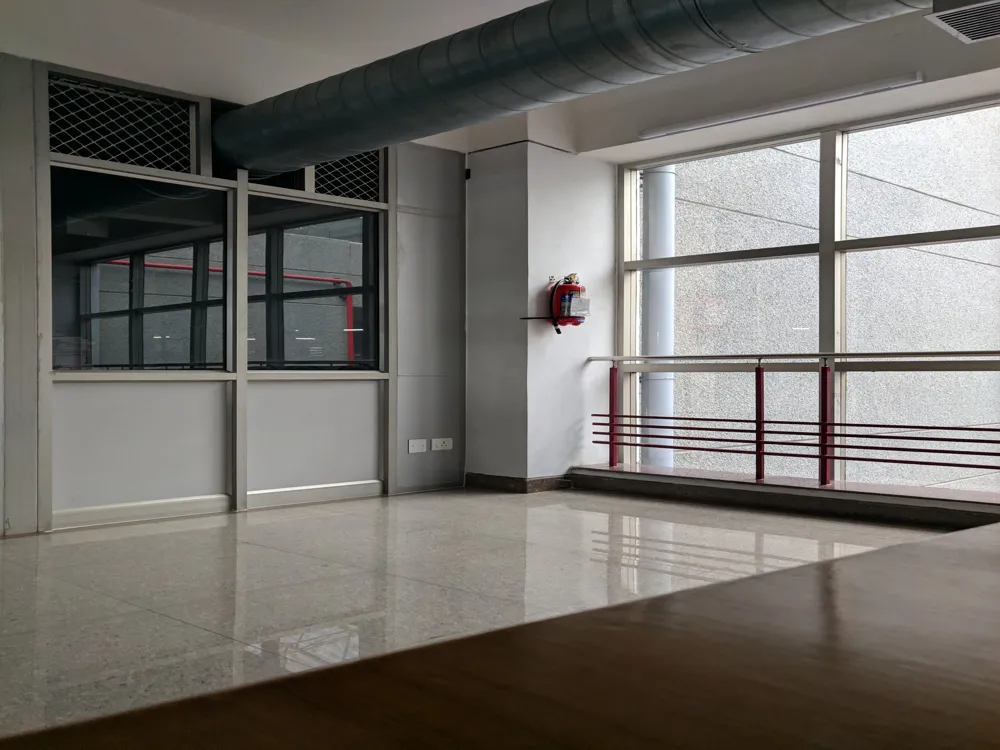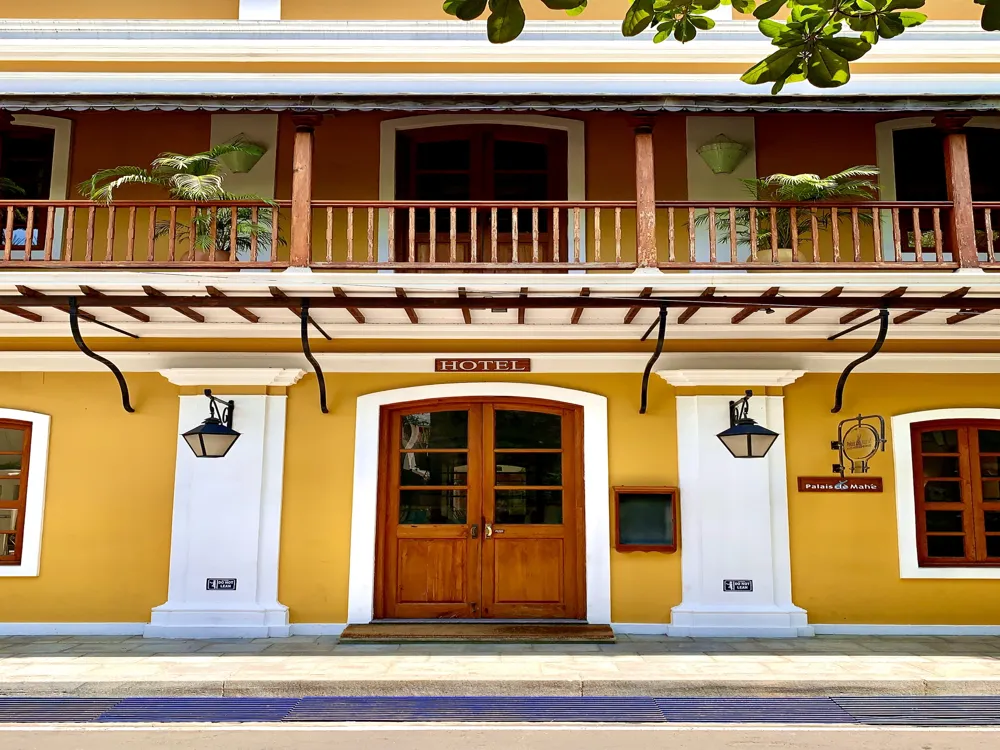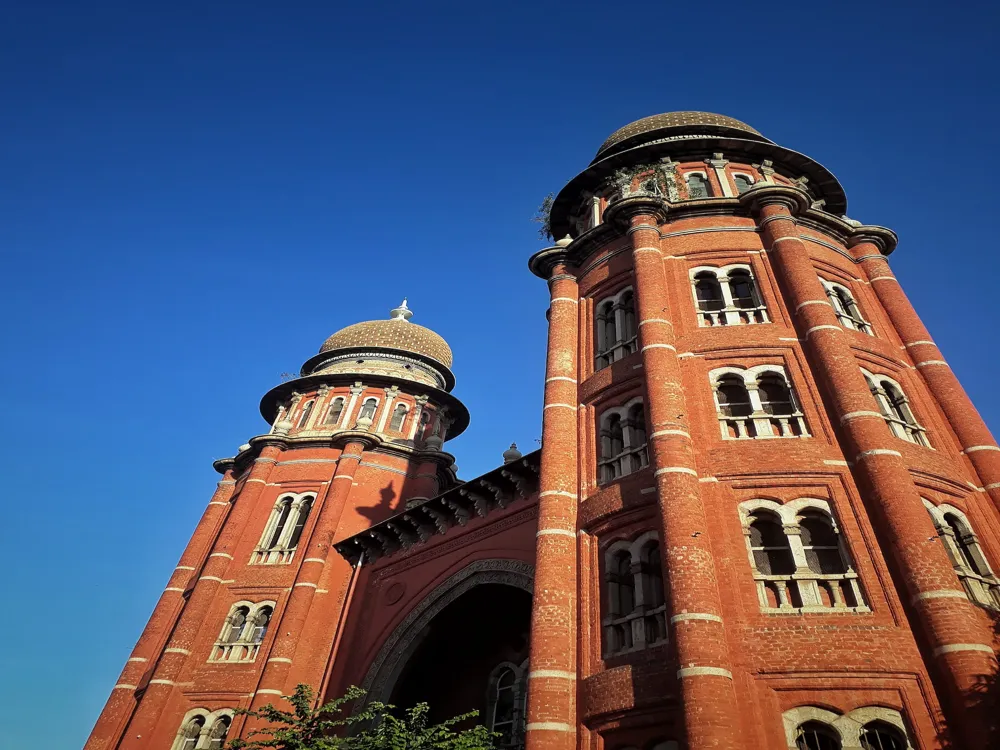Chittoor, a significant city in the southern state of Andhra Pradesh, India, is renowned for its rich cultural heritage, vibrant history, and picturesque landscapes. Nestled in the Poini river valley, Chittoor is not just an administrative headquarters of the Chittoor district but also a hub of agricultural activities, contributing significantly to the state's economy. The city, known for its mangoes and grain production, is surrounded by several hills and rivers, making it a scenic location for visitors and locals alike. The history of Chittoor is deeply entwined with the legends and tales of the past. It has been a witness to various dynasties, including the Chola, Pallava, and Vijayanagar empires, each leaving an indelible mark on its cultural fabric. The city's strategic location, as a gateway between the states of Tamil Nadu and Karnataka, has played a pivotal role in its historical significance. Today, Chittoor is a melting pot of diverse cultures, languages, and traditions, offering a unique experience to its visitors. Chittoor's economy is primarily driven by agriculture, with crops like sugarcane, peanuts, and grains being the major produce. The city is also home to several industries, including textiles, dairy, and oilseed mills, contributing to its economic development. Educationally, Chittoor boasts of numerous institutions, making it a center for learning and education in the region. The architectural landscape of Chittoor is a captivating blend of historical and modern structures, reflecting the city's rich past and progressive present. The influence of various dynasties can be seen in the city's architectural styles, ranging from ancient temples to colonial-era buildings and contemporary structures. One of the architectural marvels in Chittoor is the Sri Venkateswara Temple, located in the nearby holy town of Tirupati. This ancient temple, dedicated to Lord Venkateswara, exhibits Dravidian architecture and is adorned with intricate carvings, towering gopurams, and majestic mandapams. It's not just a place of worship but also an epitome of ancient Indian architecture and craftsmanship. Apart from the temples, Chittoor also houses several forts, palaces, and historical monuments. The Chandragiri Fort, a 11th-century fortification, stands as a testament to the Vijayanagar Empire's architectural prowess. The fort's Raja Mahal and Rani Mahal are fine examples of Indo-Saracenic architecture, featuring beautifully carved pillars, ornate arches, and spacious courtyards. The ideal time to visit Chittoor is between October and March when the weather is pleasant, and the temperature is conducive for exploring the city and its surroundings. Chittoor's cuisine is a delightful mix of spicy and flavorful dishes. Don't miss trying out the local specialties like Biryani, Pongal, and the famous Chittoor Mangoes. Chittoor offers a range of accommodation options, from budget stays to luxury hotels, catering to the needs of all travelers. Respect local traditions and dress modestly, especially when visiting religious sites. Learning a few phrases in Telugu, the local language, can enhance your experience. Chittoor is well-connected by road, rail, and air. The nearest airport is in Tirupati, about 70 km away. Chittoor's railway station is well-connected to major cities like Chennai, Bangalore, and Hyderabad. The city is also accessible by road, with state and national highways linking it to various parts of the country.Overview of Chittoor, Andhra Pradesh
Architecture of Chittoor
Tips When Visiting Chittoor
Best Time to Visit
Local Cuisine
Accommodation Options
Cultural Etiquette
How To Reach Chittoor
Srikalahasti Temple
Chittoor
Andhra Pradesh
NaN onwards
View chittoor Packages
Weather :
Tags : Temple
Timings : Monday - Sunday: 6:00 AM - 9:00 PM
Time Required : 3-4 Hours
Entry Fee : Entry: Free.
Rahu Kethu Sarpa Dosha Nivarana Puja: INR 300-500 (outer courtyard), INR 1500-2500 (within temple premises)
Best Time to Visit : November to February
Planning a Trip? Ask Your Question
Chittoor Travel Packages
View All Packages For Chittoor
Top Hotel Collections for Chittoor

Private Pool

Luxury Hotels

5-Star Hotels

Pet Friendly
Top Hotels Near Chittoor
Other Top Ranking Places In Chittoor
View All Places To Visit In chittoor
View chittoor Packages
Weather :
Tags : Temple
Timings : Monday - Sunday: 6:00 AM - 9:00 PM
Time Required : 3-4 Hours
Entry Fee : Entry: Free.
Rahu Kethu Sarpa Dosha Nivarana Puja: INR 300-500 (outer courtyard), INR 1500-2500 (within temple premises)
Best Time to Visit : November to February
Planning a Trip? Ask Your Question
Chittoor Travel Packages
View All Packages For Chittoor
Top Hotel Collections for Chittoor

Private Pool

Luxury Hotels

5-Star Hotels

Pet Friendly






















